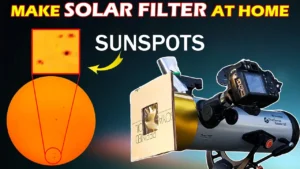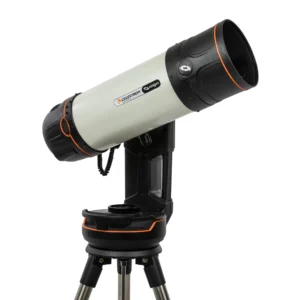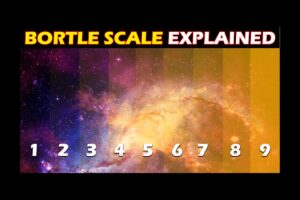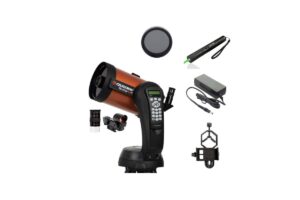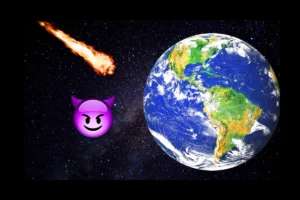
When you as a beginner start searching for a telescope to buy. Then you come across many different terms such as aperture, focal length and focal ratio, etc. If you are unfamiliar with these terms, you get more confused. So, today we will explain everything about a telescope’s focal length.
The aperture is the most important parameter of a telescope. Focal length is a parameter that can greatly impact, how the object looks and the quality of the image you will see through the eyepiece. Knowing the importance of focal length can help you to make an educated decision while buying a new telescope or upgrading an old telescope.
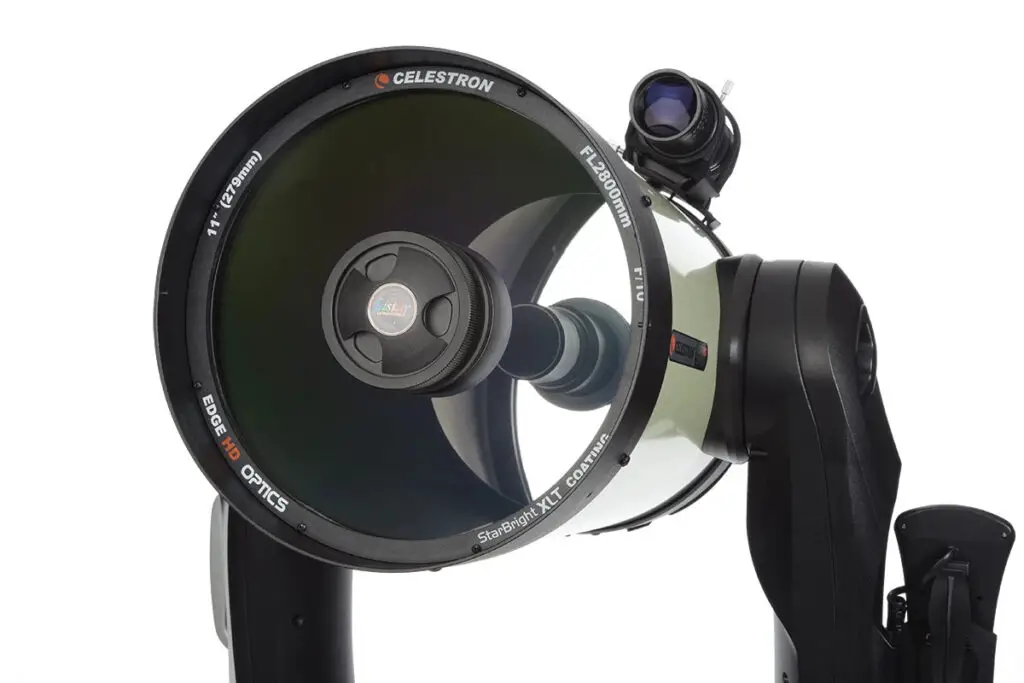
Usually, a telescope works like this. Light is collected from the aperture of the telescope and it is transmitted to the focuser, which is the part where the eyepiece goes. So you can see the image formed.
The focal length of a telescope
The focal length is the distance between the entry point of light in the telescope and the exit point. Now, you might be wondering. It is just a distance between the entry and exit point of light, so the focal length is just the length of the telescope tube. This is true in the case of refractor telescopes.
In the old times, they used to build long telescopes with longer focal lengths. At the time, lens crafters produced better products than mirror-makers. So, most of the telescopes during that time were refractor-type telescopes. That’s why the telescopes you see from older times have very long tubes, ultimately giving you a higher magnification.
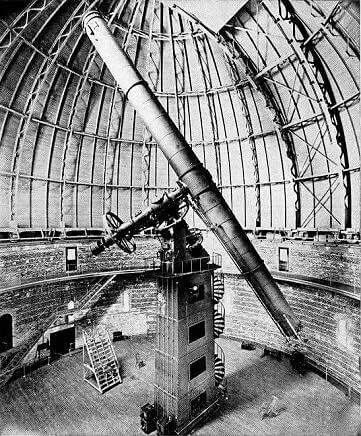
Nowadays in modern telescopes, we use a combination of mirrors & lenses. So modern telescopes can be much more compact and still have higher focal lengths.
Such as Schmidt-Cassegrain-type telescopes. These telescopes are compact and have multiple mirrors inside where light is reflected from and then reaches the eyepiece ultimately extending the focal length for compact designed telescopes.
Why the focal length is important?
If you know the focal length, then you can determine two important things about the telescope. One is its magnification and the other is the Field of view.
The Magnification
Magnification means how much you can zoom in on an object. When you zoom in on an object you can see more details of that object. However, it is not always the case, as you magnify more you also magnify the noise around that image. That’s why you have the highest useful magnification of a telescope in the specifications. This magnification limit is determined by the aperture of the telescope. Till this magnification point, you can see the objects clearly.
To calculate the magnification of a telescope, you can divide the focal length of a telescope by the focal length of an eyepiece.
The formula is as follows;
Magnification = \frac{Focal \: length \:of \:a\:telescope\:(L) }{Focal\:length\:of \:the\:eyepiece\:(l)}From the above formula, you can see the longer focal length of the telescope means higher magnification.
Field of view.
Field of view is how much area of a sky you can see through a telescope in degrees. When you have a large focal length then the field of view of your telescope is small. The smaller field of view is useful in looking for nearby objects such as planets & moons.
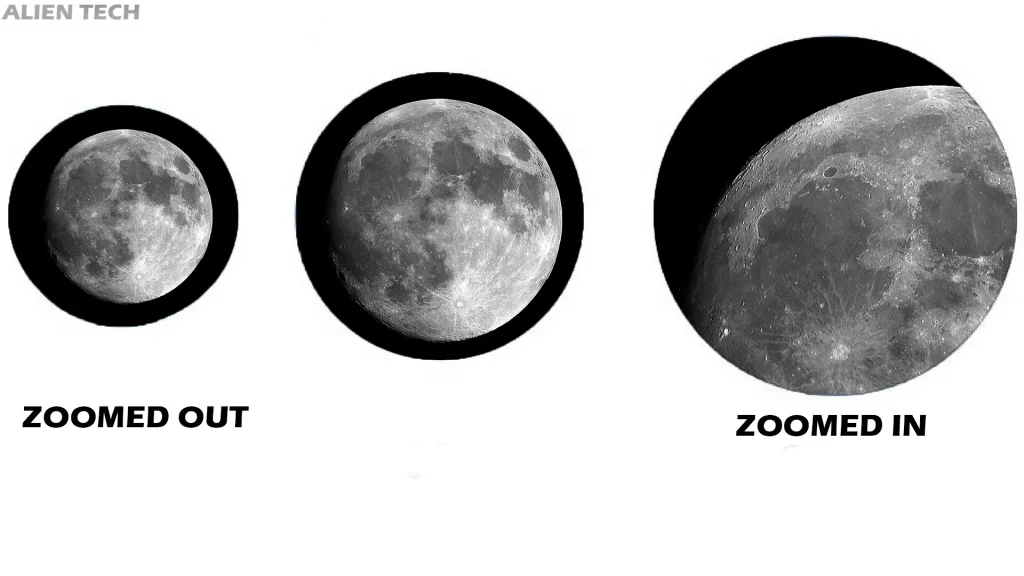
Why is a small field of view good for viewing planets?
Because you have a longer focal length and because of this you can zoom in on an object as much as you want to see the details of that object.
When you have a short focal length then your field of view is wide. A wide field of view is good for observing deep space objects. Where you need to see the large portion of the sky to see objects like galaxies or nebulae.
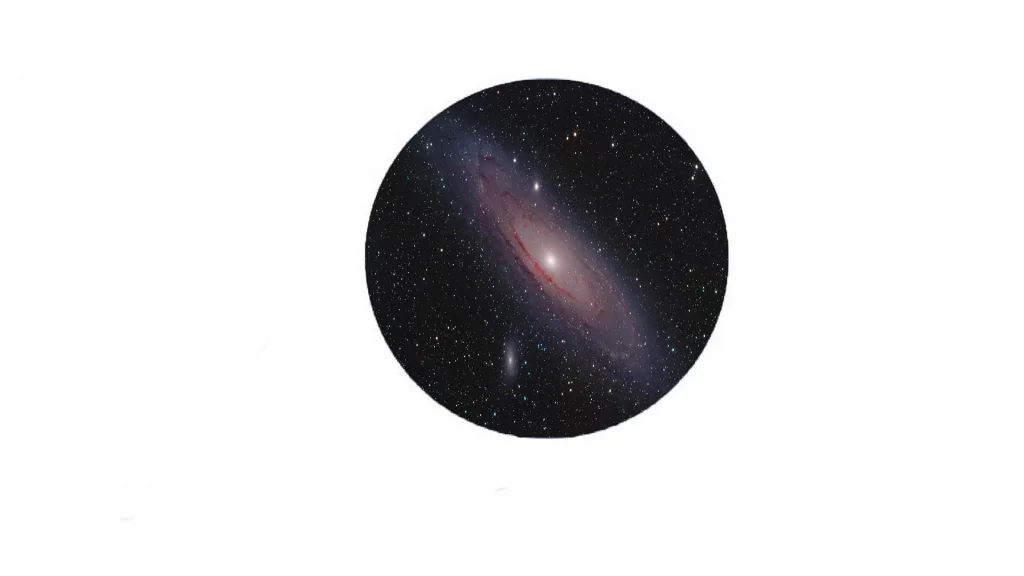
Can you change the focal length of the telescope?
Usually, the focal length is fixed. But if you use some extra accessories then you can increase or decrease the focal length of the telescope.
To increase the focal length, you can use the Barlow lens or focal extender. They come in different sizes such as 2X, 3X, etc.
To decrease the focal length, you can use the focal reducer. They are simple and can be directly connected with the eyepiece. If you are using a 0.5X focal reducer then it will reduce the focal length of a 1000mm telescope to 500mm.

Which FL telescope should you buy?
It totally depends on you and what you want to observe. If you want to observe planets, then go for the longer focal length telescopes.
If you want to see deep sky objects then go for the short focal length wide field of view telescopes.
For astrophotography, the same rules also apply. Planets look great on longer focal lengths, usually 1000mm+. Short focal lengths are better for deep-sky objects, usually from 600mm to 1000mm.
If you are a beginner then buy a telescope that has a focal length of at least 600mm. If you go below 600mm then it might not give you a great viewing experience. Usually, the telescopes below 600mm focal length fall in the category which is suitable for kids.
We hope you understood everything about the focal length of the telescope & how they are useful for a telescope.
Please visit the astronomy section on our website to know more about astronomy and stargazing.
